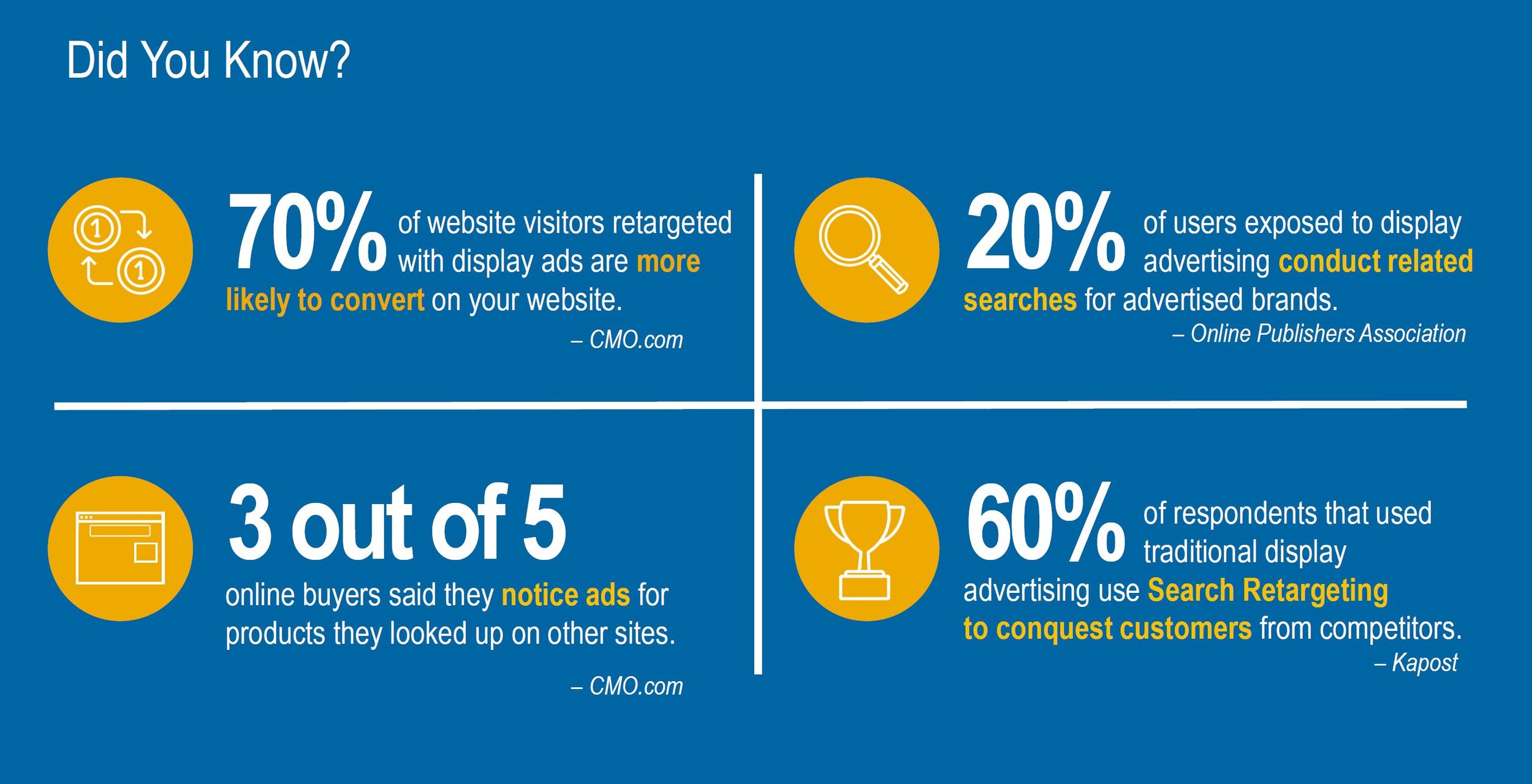Here’s how an effective employee advocacy strategy can build loyalty in your organization and amplify your social media messaging.
What is Employee Advocacy? This may not be a term you’re familiar with, but it’s undoubtedly one that is impacting your business and your bottom line. A study from Weber Shandwick found that 50% of the U.S. workforce is voluntarily sharing about their employer via social media—that’s 60 million people talking about their place of employment. With that kind of exposure, ask yourself: What message are my employees sending out about my company?
Sales representatives using social media outsell 78% of their peers.
This is where an Employee Advocacy Plan comes into play. Studies indicate that when specific employees talk about your brand on various social media platforms, brand awareness can increase by 14x. [Check out these statistics!] This is because your employees are already on social media, and the average employee has 10x more followers than a corporate network. Not only that, but 90% of their audience is new to your brand. If that isn’t enough to convince you that your employees may hold the key to your next big marketing push, consider this: Only 15% of people trust recommendations from a brand. But, if that same recommendation comes from a person they know, that number jumps up to 84% (WeRSM).
How is a social media policy different from employee advocacy?
If you have a social media policy in place, that’s great—but it’s not the same as an Employee Advocacy plan. Your policy tells your employees how they can act on social media channels. Or, in most situations, they should NOT be participating in social media activity while at work. It’s the best way to stave off legal or security problems, but it doesn’t guarantee that your employees will post anything positive about your brand.
This is the big difference between social media policies and advocacy plans: One sets boundaries for your employees, while the other tells specific employees how they can advocate for your brand within those bounds. Of course, you don’t want every employee speaking on behalf of your company!
Who makes a good advocate?
Why not use every employee as an advocate? After all, the more employees you use, the more exposure your brand receives, right?
Wrong. This is NOT what we’re talking about.
Do you want every employee in your organization sharing posts on behalf of your company and adding their own ‘unedited’ comments? Absolutely not. There is a time and place for strategies that invite all employees to participate (I’ll touch on that later), but you should be selective about who is acting as your brand ambassador. Good advocates are employees who directly connect to your customers and prospective buyers and have already received training on communicating your message. They are individuals you know will use good judgment in what they “like”, “share,” and “comment on”. Potential candidates include management (specifically sales and marketing), field sales representatives, and perhaps customer service representatives.
5 Tips on Creating Your Employee Advocacy Plan:
Make the benefits clear. No employee wants to spam their social network. Participation should be voluntary since it relies on employees using their social media channels. What do they get from blurring the lines between work and personal life? Create a competition and offer an incentive to the advocate who generates the highest number of leads. Of course, you need to define the measurement up front and keep it simple.
Invest up front. If you’re considering attaching your advocate’s social media profile directly to the company (e.g., your head marketer has a secondary X (Twitter) account linked to the company), hire a photographer to take professional headshots. Consider holding a special training on how they should interact on behalf of your brand: Is your company’s voice fun and youthful? Serious and professional? Please make sure they can be both themselves and consistent with the brand.
Choose the right social platforms. The days of feeling obligated to have a presence on every social media channel are over. Based on your industry and target market, choose the social media channel(s) best suited to build your brand and deepen your relationship with existing customers. Did you know that 80% of those who participate on LinkedIn do not engage on any other social media channels? LinkedIn is the top B2B lead-generating social platform for reaching professionals and key decision-makers. Here are some statistics for you. Another underestimated social channel is Pinterest. Building product manufacturers, architects, designers…there is so much more B2B activity on Pinterest than expected. Need a project or product showcase? Pinterest makes it easy!
Communicate and monitor. Ensure you communicate the difference between your social media policy and your employee advocacy plan. Designate someone on your marketing team to be responsible for monitoring your social media activity to ensure everyone is complying—at least until you are comfortable.
Focus on the benefits. Be cautious, but don’t overthink the potential negatives because the employees you choose to be advocates for your brand already are, right? They are on the front line for you daily, talking with customers and prospects. All you are doing is asking them to “tune in” to what your marketing team is posting on social media to “like” and “share” with their connections and followers—many of whom are customers and influencers.
Look at the number of social media connections on your company page. Now, look at the number of connections some of your key sales representatives have. People connect with people, not as much with company pages. The company page is more of a repository—a place to share information that should be shared exponentially by its employee advocates and external influencers.
Ultimately, your Employee Advocacy Plan needs to reflect your company. What works for one company won’t work for another. It’s up to you to know your employees, product or service, and customer base well enough to marry the three into a successful plan. If you’re unsure where to start or how to create a plan that works for you, we’re here to help. Take action with our marketing team, and let’s get your Employee Advocacy Plan off the ground.






